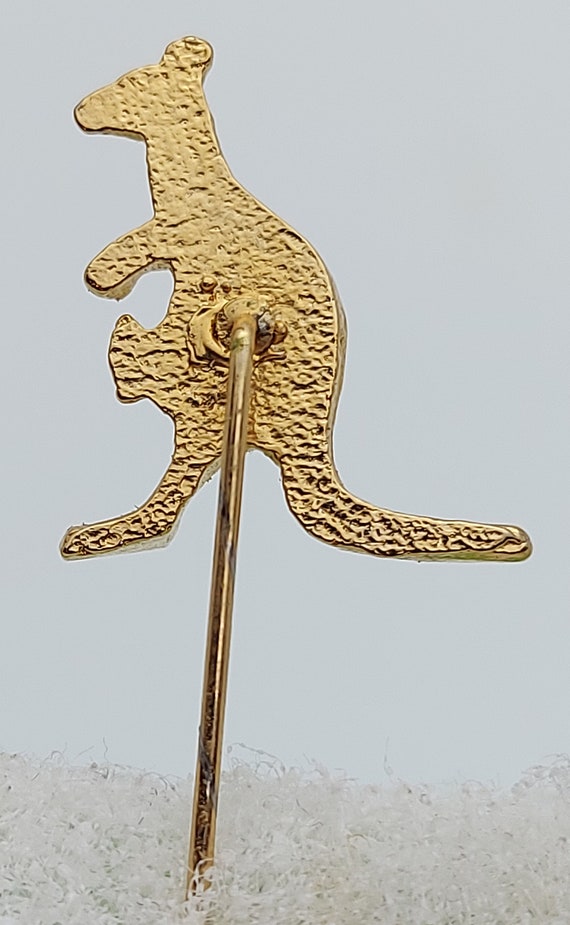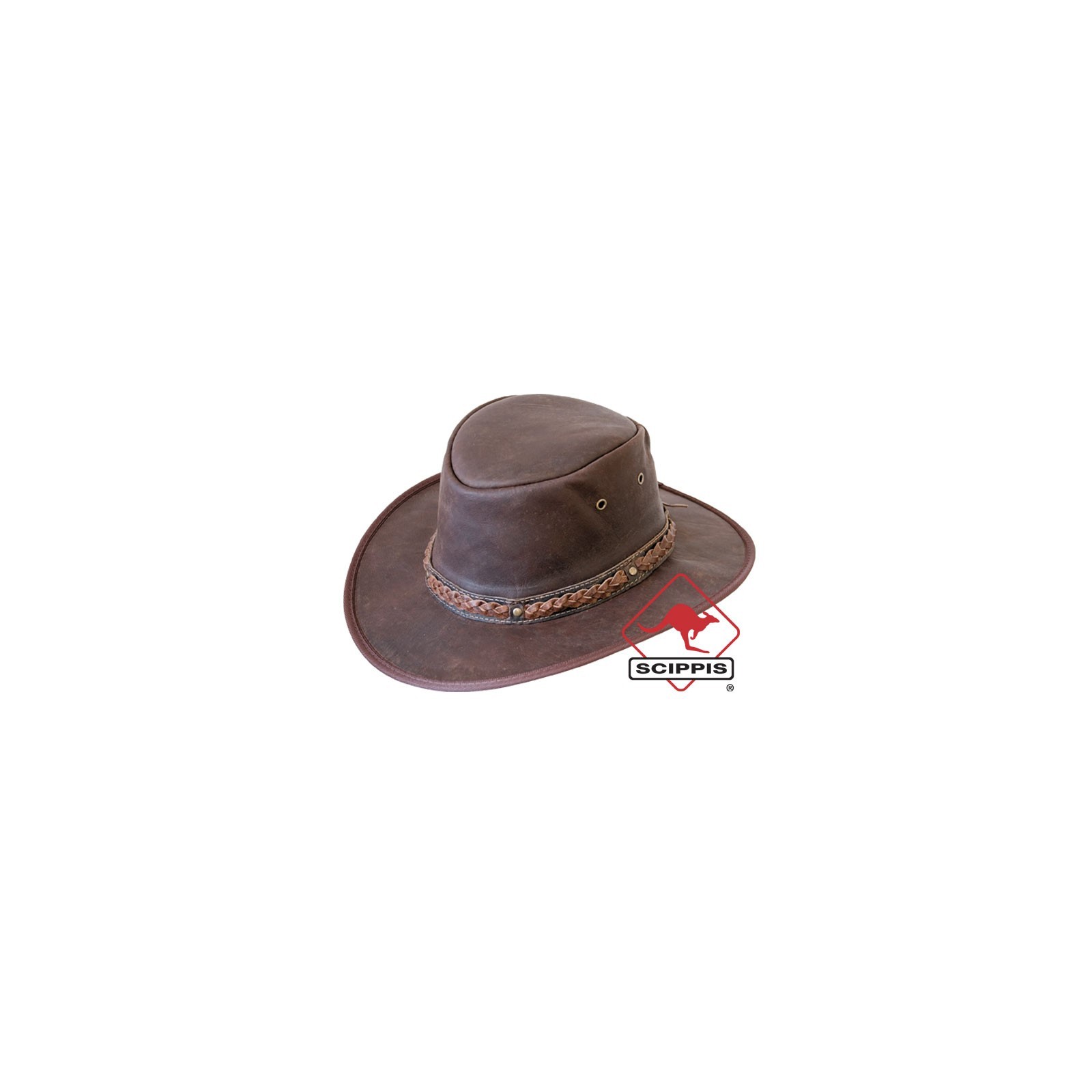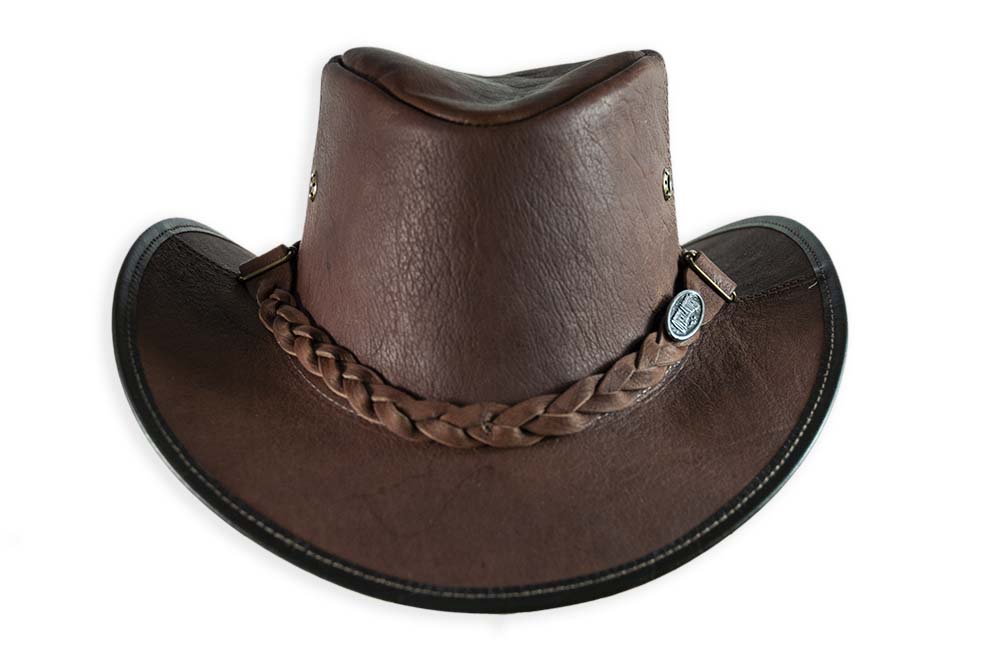
cercehy sonxs Denim keps australisk känguru baseball pappa capss klassisk justerbar vardaglig sport för män kvinnor hatt : Amazon.se: Mode

Rustig känguru maskot kostym karaktär klädd med en pojkvän jeans och hattnålar - Maskotdräkter - Redbrokoly.com" Skära L (175-180CM)

Brittisk stil mode män och kvinnor känguru basker Real ullmålare hatt mode hög kvalitet hatt höst- och vinterhatt | Fruugo SE

Brittisk stil mode män och kvinnor känguru basker Real ullmålare hatt mode hög kvalitet hatt höst- och vinterhatt | Fruugo SE

KANGAROO Australia Related Pin Badge Kangourou Känguru Känguruh Canguro Animal Animaux Animals Tier Animali - Etsy

WENQU känguru latex Creature masker huvudbonad söt halloween maskerad uppträdanden rekvisita rolig cosplay (färg: känguru, storlek: One size) : Amazon.se: Leksaker

Känguru Hatt 2023 Breda Brimhattar Hink Hattar Nya Kangol Kangaroo Dome Rabbit Hair Woman Bucket Hats Multicolor CPS Fisherman Hat Cap 21 Från kr180.38 | DHgate

Vektor Illustration Grattis På Födelsedagen Kort Med Nummer Sju Känguru Djur I En Hatt Med En Baby Känguru Capybara Okapi Ballonger Hjärtan Asterisker Gratulationskort Grattis På Födelsedagen-vektorgrafik och fler bilder på Asterisk -














